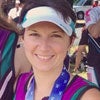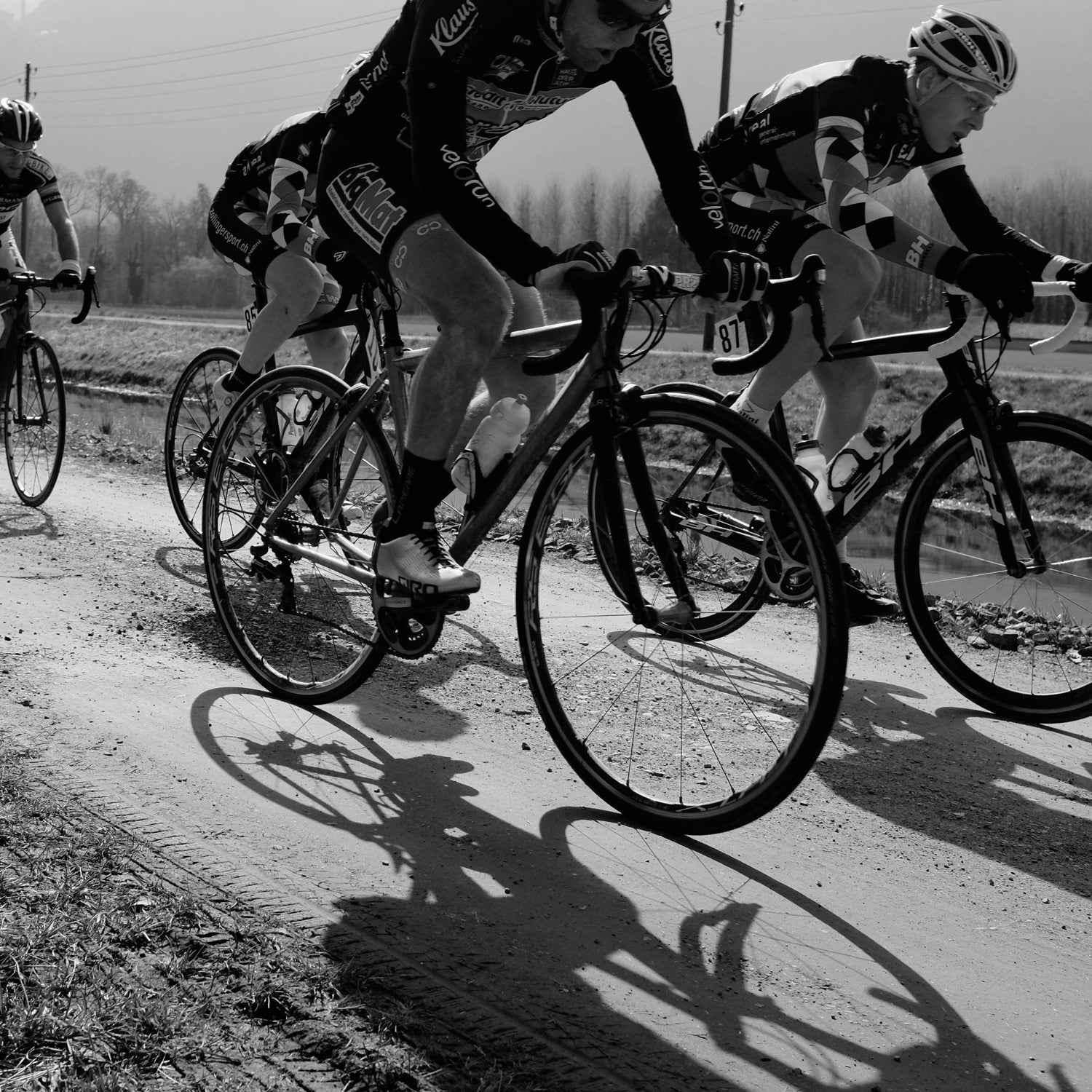During hot summer months, weather should be your number-one╠řconsideration when planning a KOM (King of the Mountain)╠řattempt. You want to ride during the coolest time of day when you can push your hardest, says Frank Overton, founder of in Boulder, Colorado, and holder of on Strava.╠ř
You'll want to rule out late morning and early afternoon hours, when the sun is directly overhead and temperatures are likely to be the╠řhighest. “If you're baking in the heat, that's going to sap some of your energyÔÇöespecially if your segment involves a long, hard climb,” says Overton. But you don't want to ride when it's too cold, either, since extra layers will add wind resistance and weight, which can affect your speed. Ideally,╠řaim to do your ride when it's around 70 degrees.╠ř
On top of that, here are a few other things to consider:╠ř
Check the Forecast (And Not Just the Temps)
Look at the predicted wind speeds and direction. “If there's a huge headwind, that's not going to work out in your favor,” says Overton. A strategically-timed tailwind ride, on the other hand, can really boost speed while riding uphill. “That's how a lot of KOMs get set here in Boulder.ÔÇŁ╠ř
Don't Rule Out Rainy Days
Anytime it's slick and conditions are hazardous, it's smart to wait out the weather or at least take it slow. But if you can get outside immediately before or after a downpour (and you're comfortable riding wet roads), you may have physics on your side.
The effects are likely very small, says Overton, but lower air densityÔÇöwhich occurs when temperatures and humidity are both highÔÇöcan translate to less drag and faster speeds. As world-record holder Graeme Obree , “Humid summer evenings tend to be quicker, when you can almost smell the water in the air.”╠ř
Think About Traffic
You'll also want to avoid times of day when congestion is highÔÇöwhether it's slower moving bikes, lots of cars on the road, or pedestrians on the trail. If your segment involves trails or park roads, there may be certain hours of the day, or days of the week, designated for cyclists. If not, use common sense and previous experience as your guide. (This isn't just a rule for going fast; it's a rule for staying safe, as well.)╠ř
The one time a crowd isn't necessarily a bad thing? If you can do your KOM attempt during a group ride or a race. “The difference in speed at which a peloton can travel, compared to a single rider who's╠řbreaking all the air himself, is huge,” says Overton. “The peloton wins every timeÔÇöand that's why so many course records are set while people are racing.”╠ř
Know Your Body's Schedule
Finally, consider the time of day your body will be most primed for success. According to some studies, that time period for many people is between 4 p.m. and 8 p.m., when body temperatures are highest and strength and endurance have been shown to peak.╠ř
But the body's internal clock is a highly individual thing, and even the most promising studies found only a slight advantage during this window. Other research has shown that cyclists perform best when they train and compete at a consistent time every day. So if road or weather conditions make afternoon or evening rides difficult, don't stressÔÇöjust plan your attempt for the time of day when your body is most accustomed to pushing limits.╠ř


